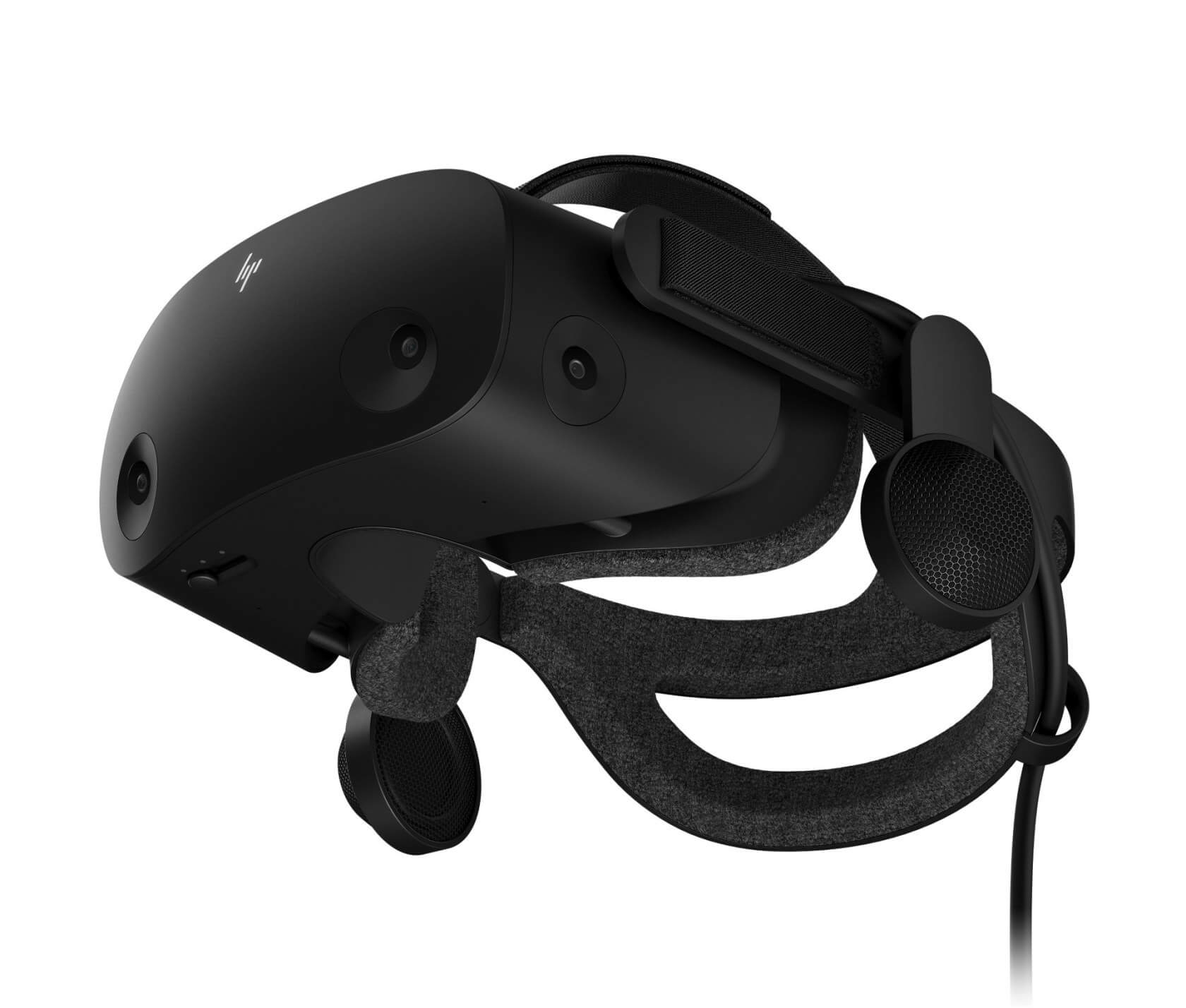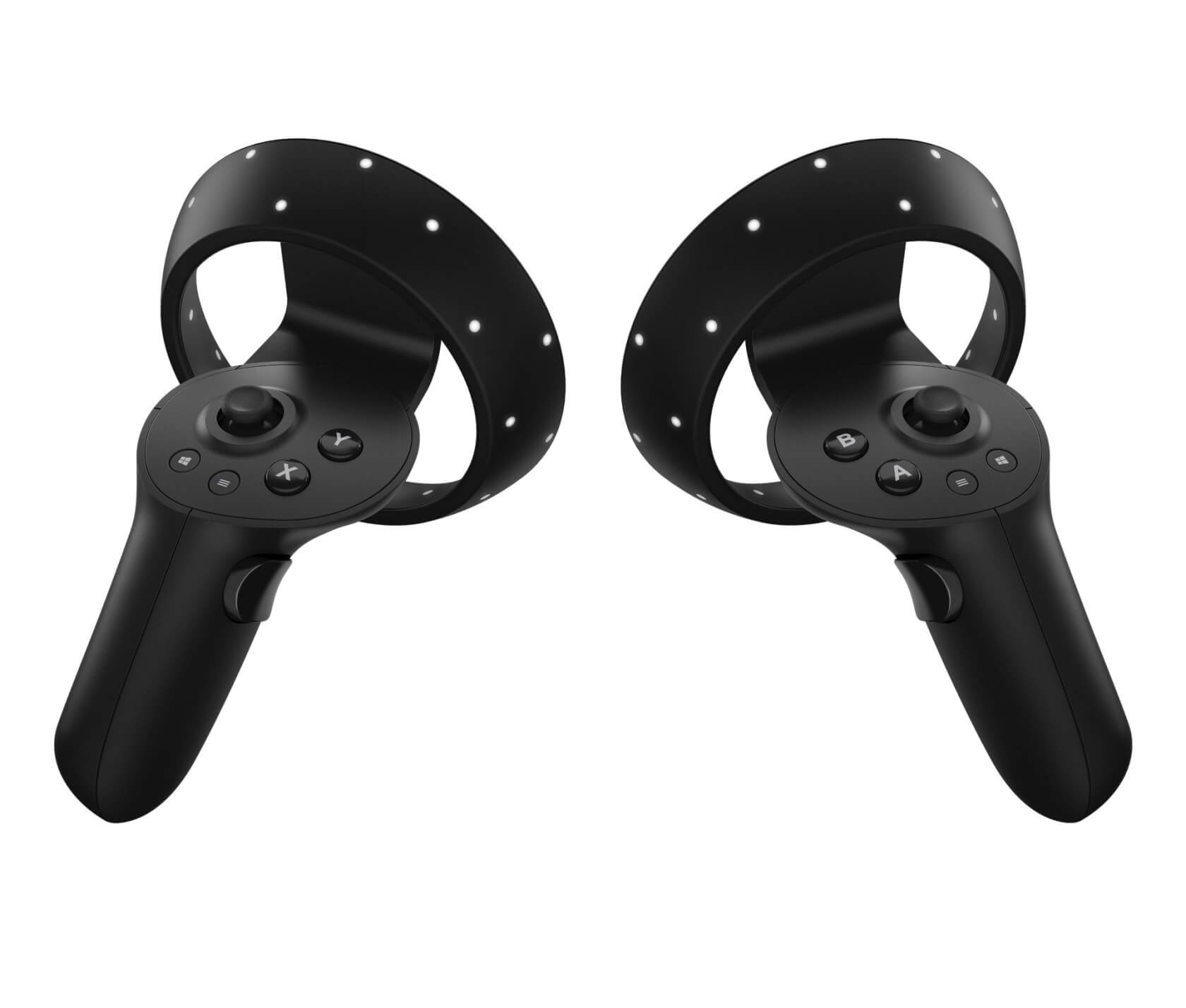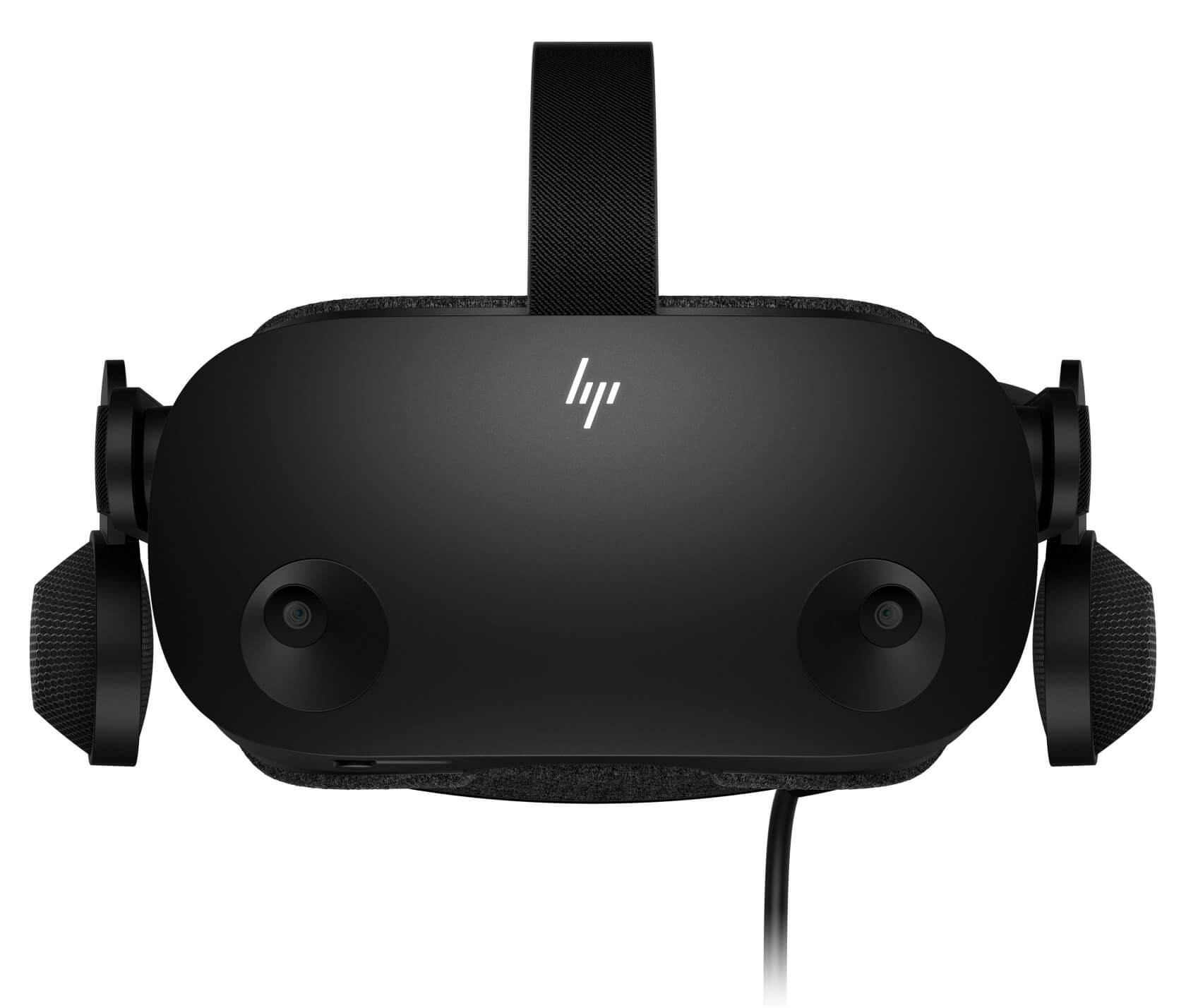In context: The virtual reality market is finally starting to become exciting again, thanks to system sellers like Half-Life: Alyx and the much wider range of headsets available on the market today. Whether you only have a few hundred dollars to spend, or nearly $1,000 burning a hole in your pocket (and a high-end PC), there's probably a VR kit for you.
If you're a prospective VR customer, you may be pleased to hear that there are even more options available to you today. HP has just unveiled the Reverb G2, a 'breakthrough' VR headset that aims to offer some of the high-end features you'd see on a device like Valve's $999 Index at a much more accessible price point of $599.
For starters, you're getting dual 2160x2160p LCD displays, viewed through the same lenses used on the Index (contributed by Valve, of course). This should make VR games look better on the Reverb G2 than many of its competitors, though we'd need to test one for ourselves to confirm that. With that said, motion clarity on the G2 won't be quite as nice as it is on the Index: the former has been saddled with a standard 90Hz refresh rate, whereas the Index can be set to 144Hz.

Still, the G2 aims to make up for that drawback with full inside-out tracking (powered by four cameras), which eliminates the frustrating process of setting up external sensors. Inside-out tracking is not always as accurate as sensor-based tracking, but it is more convenient, while allowing for a more freeform play area.
Speaking of tracking, the Reverb G2 ships with two fairly standard VR controllers, packed with the usual array of joysticks, triggers, and buttons. However, they're still quite the improvement over the original Reverb's controllers, which weren't particularly comfortable or functional, according to many users.
The G2 headset features improved facemask cushioning compared to the previous Reverb, and more even weight distribution for amplified comfort during longer VR sessions. You can also adjust the horizontal distance between the device's lenses thanks to its built-in IPD slider.
Furthermore, as we've come to expect from most modern VR headsets, the facemask can be flipped up at a 90-degree angle if you need a brief glimpse of the real world (in case, say, your cat sprints between your legs).

One of the core improvements that the G2 boasts over its predecessor is its two built-in 10mm speakers that promise 3D "spatial audio." These speakers are using the same internal technology as the Index, so the audio experience should be quite similar across both headsets (despite their $400 price difference).
When the Reverb G2 launches later this Fall, it will support Microsoft's Windows Mixed Reality platform, granting you access to VR experiences through both the Microsoft Store and SteamVR, depending on your preferences.
If you want to snag one of HP's latest headsets, pre-orders are available now through HP's website.
